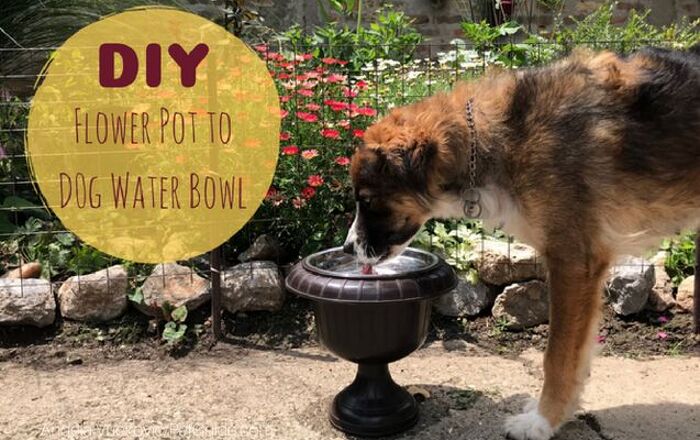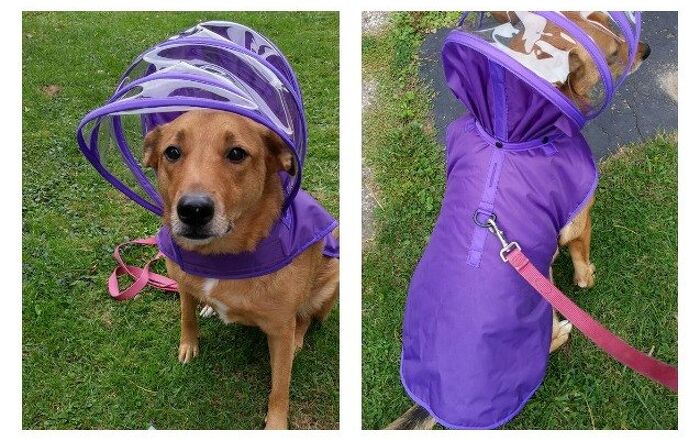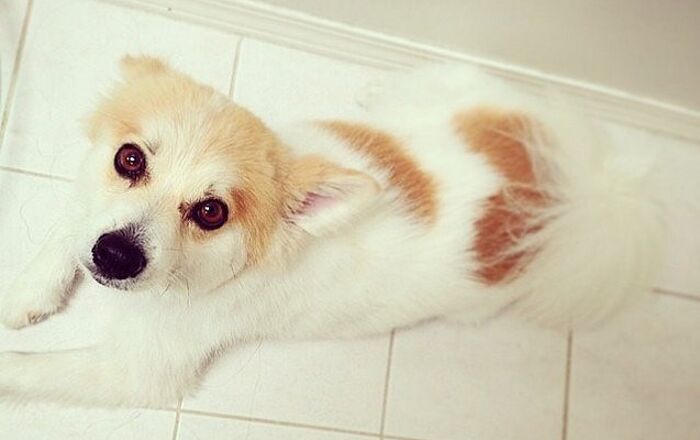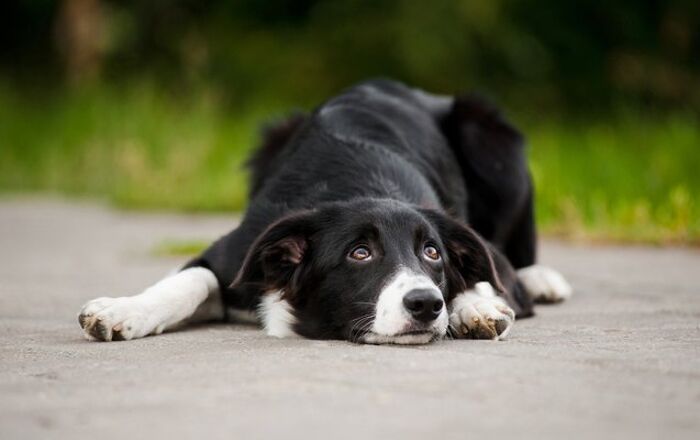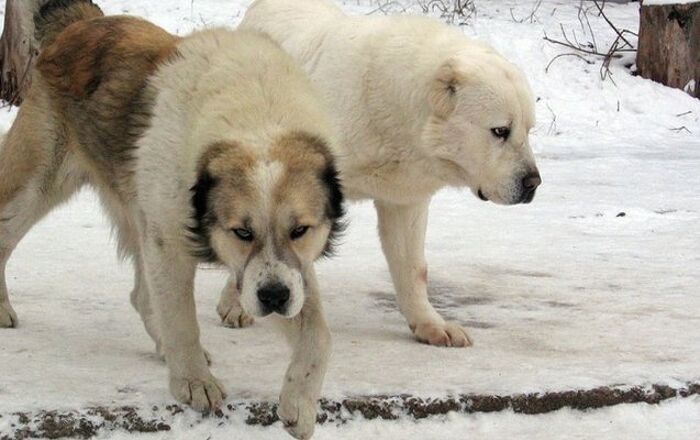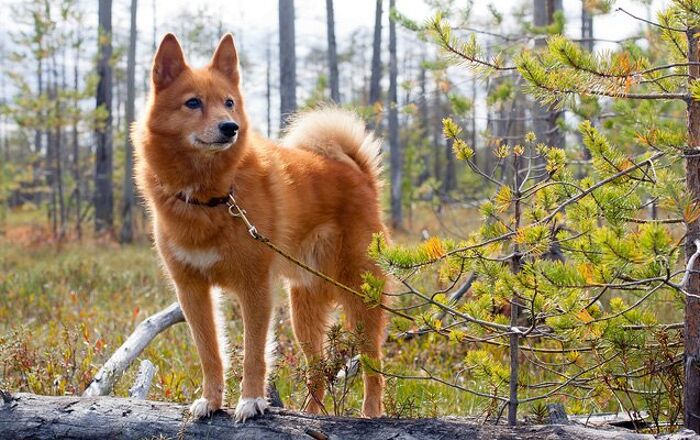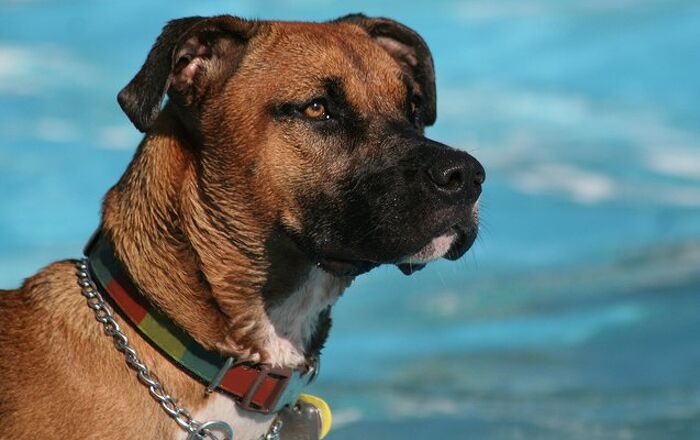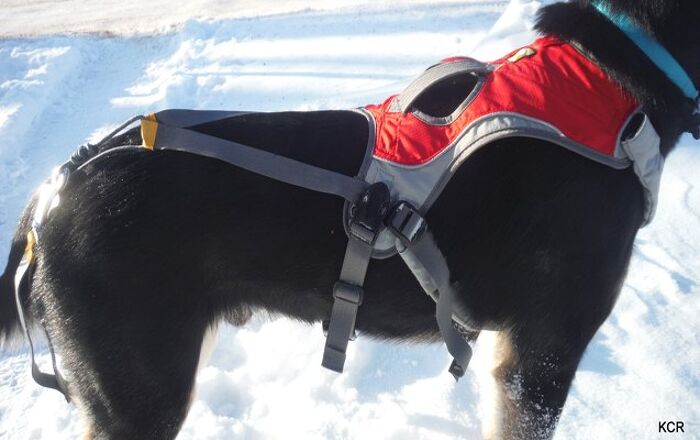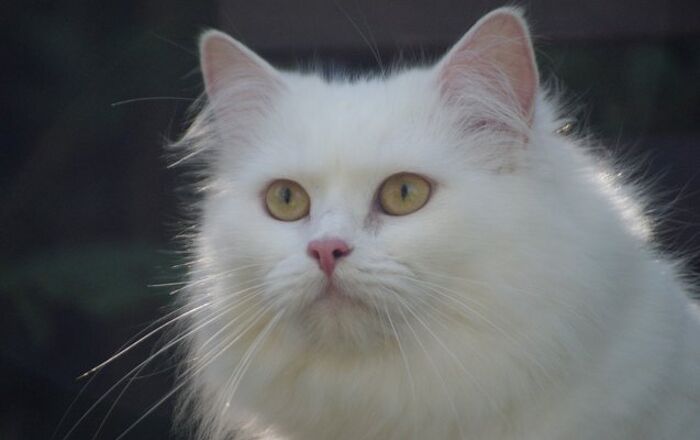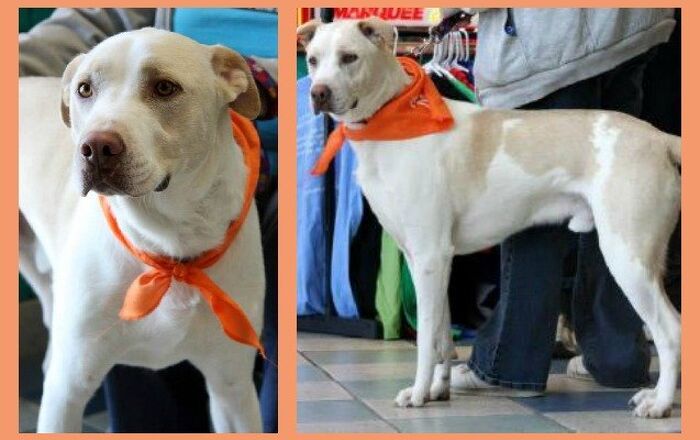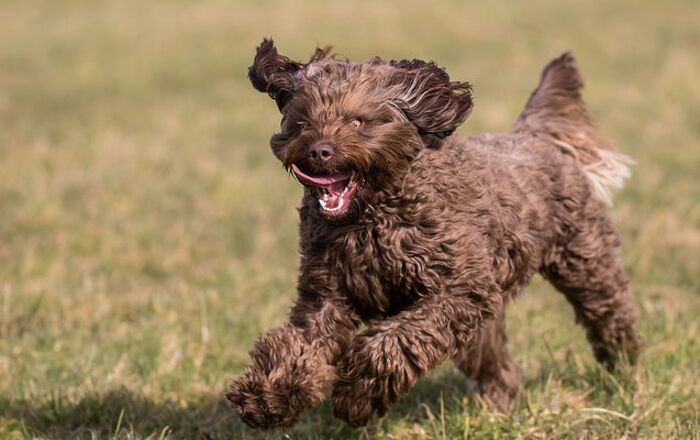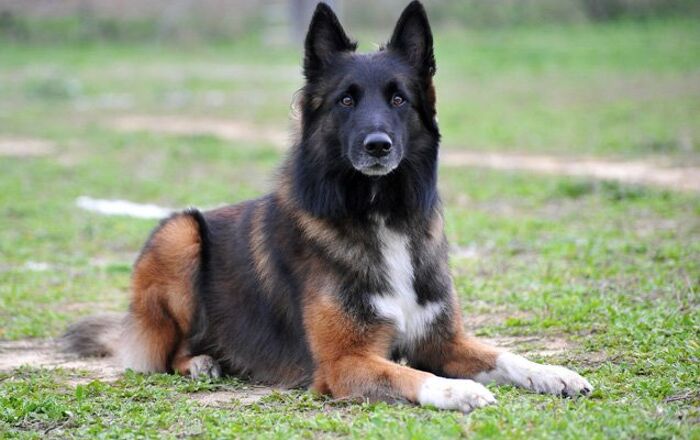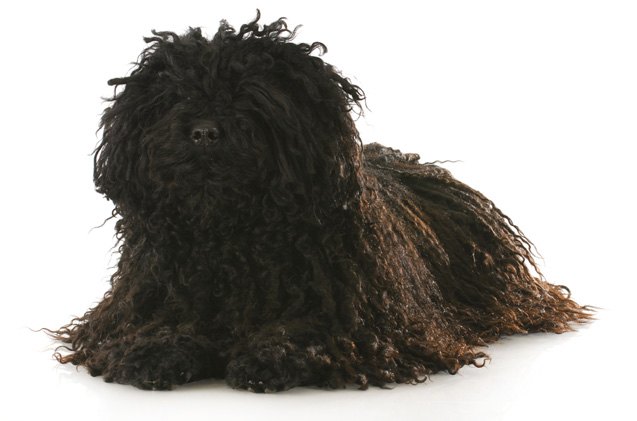
Puli Basics
The Puli has such a unique look that many people have no clue as to what he is when they first encounter him. The dreadlocks that Puli usually sport give them a Rastafarian look however; they are from Hungary. Bred for herding, the Puli is also a good watchdog but quite safe around his human family. He is energetic and fun-loving, making the Puli a good choice as a companion for an active family. He is full of pep and can keep the kids in his family occupied for hours playing ball or Frisbee.
The versatility of the Puli has caused him to be a favorite dog in Hungary for centuries. He could drive and protect herds during the day and stand watch over his family at night. This loving and loyal dog is smaller than other Hungarian herding dogs but not less needed or valued.
Bred for herding, the Puli is also a good watchdog but quite safe around his human family.
Origin
The true origin of the Hungarian Puli is rather unclear. It is accepted that Pulik traveled with invaders from India and Siberia however; there are some authorities who believe that this breed was developed in China. The Puli was always a herder and guard of livestock.
Pedigree
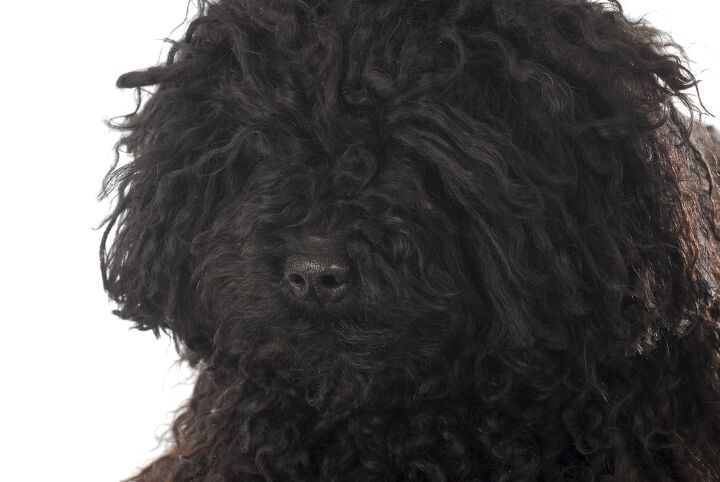
Considering this breed bears a remarkable resemblance to Tibetan Terriers, it is widely accepted that they share some of the same ancestry. In the 1500s, the Turks nearly irradiated the breed. Fortunately, various breeding between the remaining Pulik, French herding dogs, and German herding dogs led to the creation of the Pumi and Mudi. The Hungarian dog breeds were not classified as breeds of their own until the early 1900s. Since then, each breed’s own standard was created and the Puli became a recognized breed of its own.
Food/Diet
The Puli is an active and energetic dog so he needs to have a high-quality diet specifically formulated for his performance levels. Dogs that are out herding all day or doing agility courses will have different nutritional needs than one that merely romps in the yard playing fetch. Your veterinarian will be able to assist you in deciding which dry dog food formula is best for your Puli.
Puli were bred to be independent as well as for their ability to make certain decisions while herding and protecting livestock.
Training
Pulik were bred to be independent as well as for their ability to make certain decisions while herding and protecting livestock. This will never be bred out of them. These traits can make it difficult to train a Puli unless training begins from the time he is a pup. Highly intelligent and headstrong, the Puli requires an experienced trainer who can prove to be a leader without being aggressive. The use of tasty treats tends to make a Puli more interested in training sessions so have plenty on hand.
If training continues throughout the life of the dog, a Puli can excel in obedience and herding trials, agility courses and the breed ring. Many have even gone on with their training and became certified as therapy dogs or water rescue dogs. With training, Pulik can do almost anything.
Weight
Typically, Pulik weight between 25 to 40 pounds and stand from 16 to 17 inches tall at the withers.
Temperament/Behavior
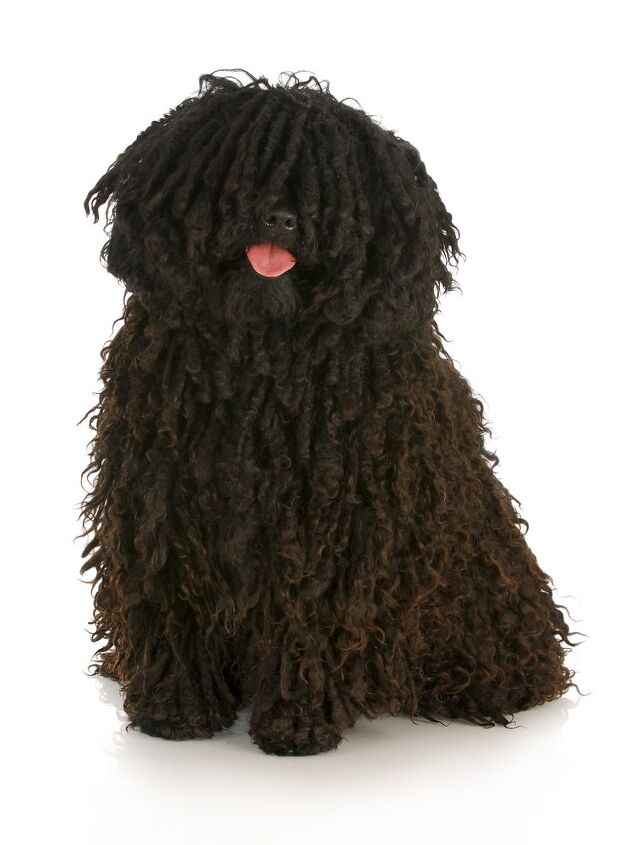
The Puli is meant to work herding livestock. He needs to feel that he has a job to do within the home. Sure, he is a terrific watchdog and that is an important job but he needs to do more. There have been Pulik known to happily perform household chores. One owner reports that her Puli is in charge of rounding up the stray laundry that her family haphazardly leaves lying around the house. Another owner states that he taught his dog to keep birds and rabbits out of his vegetable garden. It seems that this intelligent dog can learn to do nearly anything with proper training.
Pulik are not friendly toward animals other than dogs. Introductions could well be recipe for disaster. The Puli does best in a canine- and human-only home with older children. Smaller kids that can be “herded” might fall or get hurt when the Puli tries herding them by nipping at their heels.
Common Health Problems
For the most part, the Puli is a really healthy dog. The most common issues that tend to run within the breed are elbow and hip dysplasia, which could also be triggered by the dog’s environment. Great caution should be taken to prevent your dog from slipping on tile floors, jumping on furniture or overexerting itself as a puppy. These things can and will exacerbate even the most minor hip and elbow problems. Other common concerns are progressive retinal atrophy, cataracts, von Willebrand disease and diabetes mellitus.
Life Expectancy
The Puli has the average life expectancy of 12 to 14 years.
Exercise Requirements
Pulik are athletes so they do require a fair amount of exercise. For an active family, this breed would be thrilled with romps in the yard, a bit of fetch and maybe a hike in the woods. Without proper exercise, the dog will become anxious and destructive. You never want to meet a bored Puli because there won’t be a whole lot left of your belongings. When he’s left alone, mentally stimulating toys should be provided to keep him out of trouble.
After a hard day of work or play, the Puli will want to chill out with the family on the couch. Although active, he still needs time to relax with the family and get the attention that he loves so much.
If training continues throughout the life of the dog, a Puli can excel in obedience and herding trials, agility courses and the breed ring.
AKC
The American Kennel Club writes: “Intelligent and possessing an excellent sense of humor, Pulik retain their “puppy” attitude nearly their entire lives. The breed loves their family and home, and as such, is naturally protective and suspicious of strangers. Although they love the farm, Pulik can thrive in a variety of living situations due to their medium size, but owners must provide daily opportunities for exercise.” The Puli was recognized by the AKC in 1936.
Coat
Puli puppies are not born with a corded coat. It can take around four years to achieve a fully corded coat. In the first year, the coat should be bathed and brushed as with other dogs. After that, the coat should develop cords on its own. Occasionally, it will need some human intervention. Once fully corded, no brushing is needed. The Puli will not shed either. Baths should only be given when absolutely necessary because it can take two full days to dry thoroughly. Commercial dryers can do harm to the coat and skin so they should be avoided.
The Puli’s coat can come in a variety of colors. Most commonly, they dogs are black however; white and gray and reddish black are also found. There have been known to be light brown Pulik in Hungary but this color does not adhere to AKC standards.
Puppies
Puli puppies should immediately be enrolled in puppy kindergarten classes to get some basic training as well as socialize with other people and pets. Without proper socialization, the Puli can become fearful or aggressive with strangers. This is essential to your dog’s well-being and having a happy life together.
Photo credit: WilleeCole/Shutterstock

